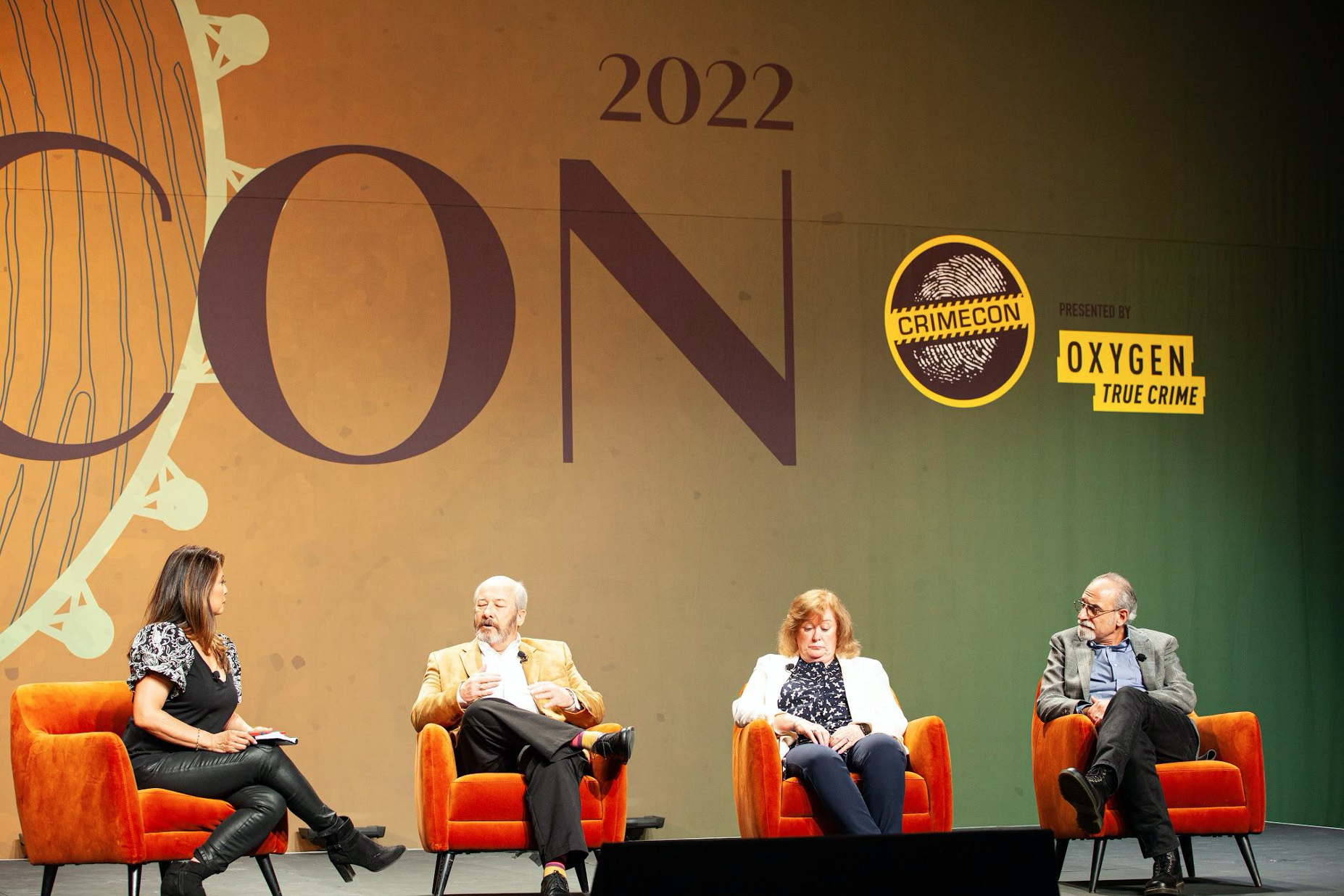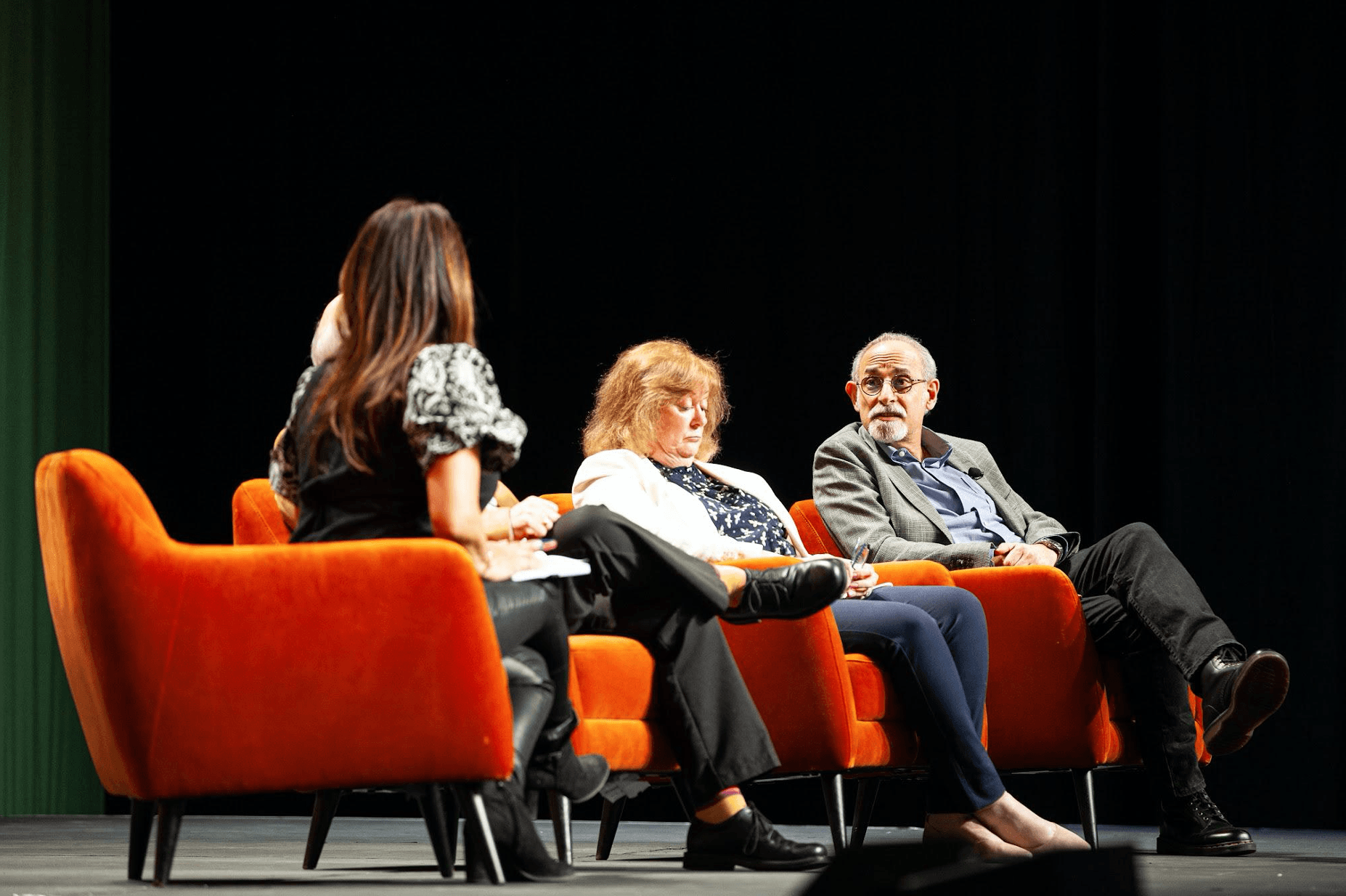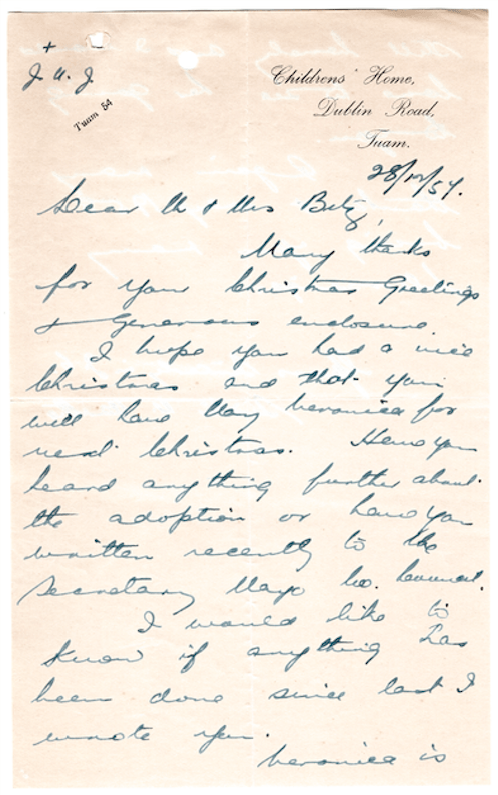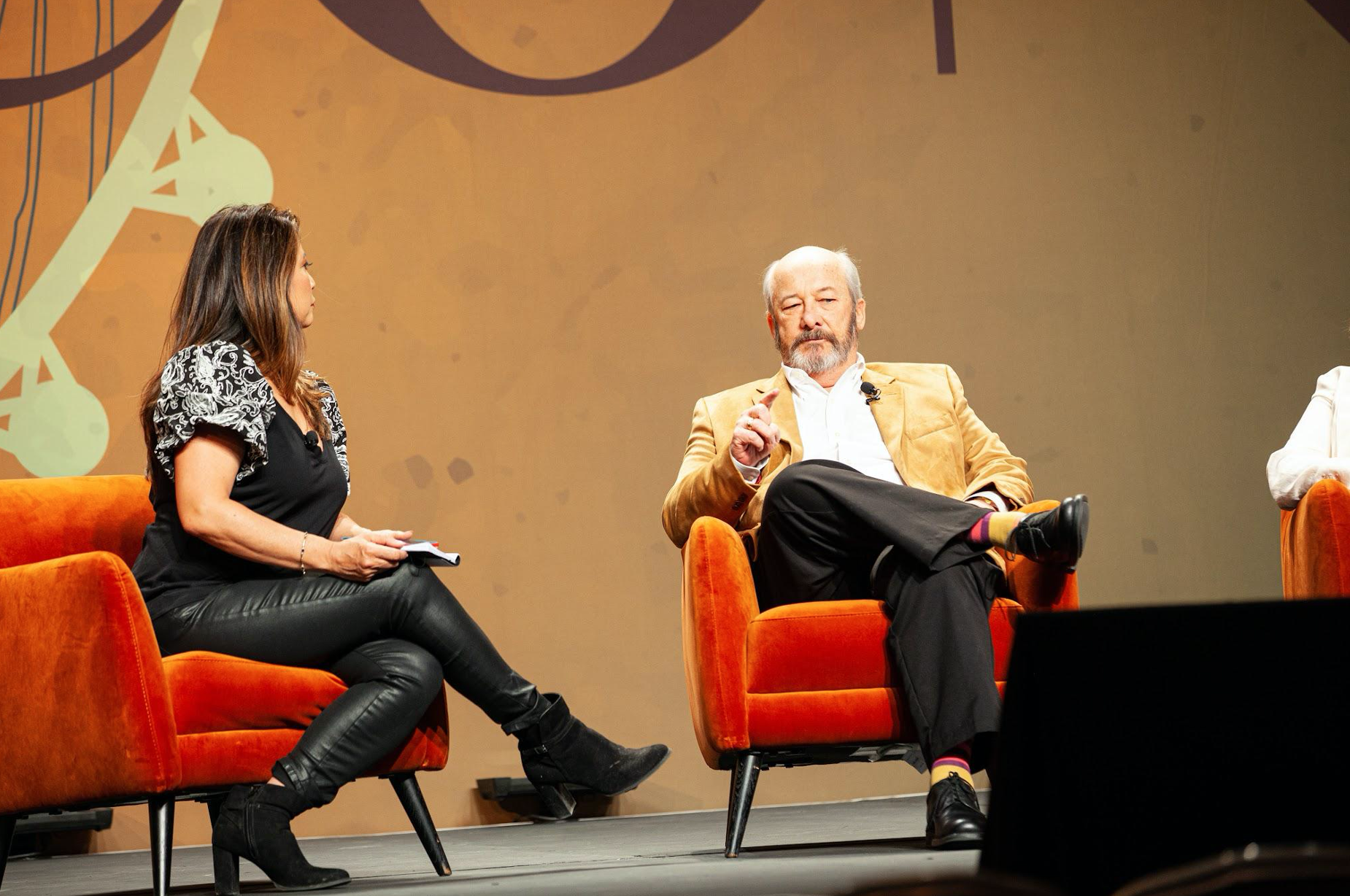Demanding the Truth for the Missing Children of Tuam
Between 1925 to 1961 in Ireland, unwed expectant mothers in County Galway were banished to a mother and baby home to give birth. Operated by the Bon Secours Sisters, a religious order of Catholic nuns, the workhouse was home to thousands of unmarried pregnant women who had brought perceived shame upon their families — a place to hide them away until they gave birth. Many women were kept in the workhouse well after they gave birth, forced to nurse other children but never allowed to be alone with their own. Soon after birth, most babies were adopted out of the home, often without their mothers’ consent.
Mother and baby homes were not uncommon in Ireland at the time, but the Bon Secours held a dark secret: almost 800 dead children, aged from 35 fetal weeks to several years old, were presumably “buried” in a septic tank on the home grounds. And there they remained during the 36 years the home operated. The horror remained undisturbed until a young boy fell into the pit while playing with a friend in 1971. Local authorities examined the mass grave, chalked it up to “unbaptised babies lost to the famine,” and covered the macabre tomb with a concrete slab.
The site was forgotten until local historian Catherine Corless, researching the Tuam community, found herself perplexed at the staggering number of death certificates from the Bon Secours home, but a disturbing lack of burial records. In 2012, Corless published an article about her findings and later discovered the names of the almost 800 children who died in the home and were likely in the horrific mass grave.
CrimeCon 2022 welcomed two Bon Secours survivors, Michael Byrne and Kathy Bellise, to the stage to share their stories as they have fought to learn the truth — not only about why the dead children were so cruelly discarded, but about their own histories. Moderated by Angeline Hartmann, Director of Communications at the National Center for Missing and Exploited Children, Michael and Kathy were joined onstage by Kathy’s husband Andrew and virtually by Tanya Stephan, director of the Topic Original documentary series The Missing Children.

Kathy Bellise was born in the home in 1956 and lived there until she was adopted (she believes) in 1959. “I was adopted to America,” says Kathy. “I wasn’t fully adopted for almost two years because my [birth] mother wouldn’t sign the adoption papers. We don’t know officially whether or not she finally signed the papers or [the home] signed the papers,” she says, referencing the unacknowledged truth that the home often forged signatures of mothers who desperately wanted to keep their children.
Many of the babies born, Kathy says, were simply removed from their mother’s arms and adopted out of the home while the mother worked. Kathy’s mother, like many, was forced to leave the home without her child one year after giving birth.
“A big adoption machine is what it was,” says Michael, “starting from the government and the Catholic church. Then in the States, the airlines were involved, and the US embassy was involved in issuing visas.” Money, he says, changed hands at every turn.

Tanya Stephan agrees. “Money is definitely a part of this story. Michael and Kathy have incredible documentation to show that money was part of the transaction that involved their adoptive parents paying to the nuns and the Catholic agencies in America who were helping with this process.”
A clip from the Topic Original documentary series The Missing Children shows receipts for £50 that Kathy’s adoptive father sent to the home in 1957 “in regards to the adoption of [Kathy].” It’s a receipt, we learn, for money paid simply to receive a photo of their soon-to-be daughter. More letters show references to generous donations for “gifts” and “fees.” Altogether, Kathy’s family estimates they paid the home and the Catholic church $5,000 to adopt her — a figure equal to her father’s annual salary.

“I was one of the lucky ones,” says Kathy. Although she was due to go home to America with her adoptive father on Christmas Day, she could not leave the country because she had the measles. “That’s what most of the babies in the home died from. I was lucky because I was adopted and I was taken care of.”
Beyond the atrocities that, to this day, lie buried in the tomb at the site in Tuam, Michael says adoptees from the home are fighting for their rights to obtain information about their past. “Adoptees cannot get their original birth certificate,” he says. “They go in to get a passport in Ireland and it’s stamped on it: ‘adoptee.’ It’s like we’re second class people,” he says, choking back tears.
The mass grave that still remains at the site of the home contains hundreds of children who allegedly died of measles, whooping cough, and other highly curable diseases, in addition to neglect and malnutrition; records show that the infant death rate at Bon Secours was double that of other homes. “The home was given [assistance] from the state to make sure they [the children] were fed and taken care of,” says Kathy’s husband Andrew, “but they weren’t.”

“The Catholic cemetery was right around the corner,” says Kathy. “They wouldn’t bury them there. They just threw them away. People want to say it didn’t happen, but it happened.” The nuns from the home, however, were given the dignity of a proper Catholic burial in that same cemetery just a stone’s throw from the mass grave.
Response from local and national governments in Ireland has been slow. The authorities, Tanya says, are not treating the site like a crime scene. “Imagine finding a disused sewer system like this in your back garden,” she says. “The police would be there immediately, it would have been cordoned off, it would have been excavated, and people would be prosecuted. It’s difficult to imagine how this system of hundreds of children’s remains is still there, and nothing has been done.”
“In June [2022], they’re supposed to start forensic excavations,” says Andrew. However, those close to the case are accustomed to bait-and-switch tactics that have seen several false starts in government action at the site. “There was a mini excavation [in 2016] in which they said, more or less, that they might do further excavations depending on what they find,” says Hartmann. Authorities took no further action at that time. “They said in 2021 that they would excavate then, but it never happened,” Tanya adds.
In 2021, the Bon Secours organization finally admitted in a written statement that neglect occurred at the mother and baby home during its operation and donated €2.5 million to the estimated €12 million cost of excavating the site. However, they stopped short of apologizing or admitting responsibility for the treatment of the mothers and children who suffered in the home during almost 40 years in operation.
To Michael, Kathy, Andrew, and Tanya, the lack of movement on the site has been maddening, and it’s difficult to keep hopelessness at bay. However, they have now brought the story to a CrimeCon stage in front of hundreds of justice-minded true crime enthusiasts whose first question is always “What can we do to help?”
“Ireland thinks nobody else knows about this,” says Michael. “We need to let them know this is not a secret. We all know what happened.” As Americans, Tanya says, the best thing we can do is to talk about the story and lobby our federal representatives to put pressure on Ireland to investigate the site and the Bon Secours organization for what is, but hasn’t been classified, a crime. “A crime is a crime,” says Hartmann to applause from the CrimeCon audience.
“We’re also still fighting for our rights as adoptees,” says Kathy. “We can’t get information about ourselves, our parents, or our health history. They keep saying ‘It’s sealed for 30 years,’ then it’s another 30 years. This is all on paper somewhere and we should know.”
One of the easiest ways to help is to watch the Topic Original documentary series The Missing Children and recommend it to friends. Many people have no idea these atrocities happened and are still happening. Learning about what happened at Tuam will arm viewers with the information necessary to take action. “The authorities treat this as a can that’s kicked down the road again and again,” says Tanya.
Over the years, we have seen what can happen when hundreds of like-minded people come together to pursue justice and apply political pressure to act on criminal and social issues. With the missing children of Tuam’s story now in the hearts of hundreds of action-oriented true crime enthusiasts, Michael, Andrew, Kathy and Tanya hold hopes that an investigation will move forward to bring answers and justice for 800 forgotten children.
Visit www.crimeHQ.com to watch the CrimeCon 2022 Session Topic Presents: Demanding the Truth for the Missing Children of Tuam.
Start your 7-day free trial and get 50% off a 1-year subscription of Topic
HERE.
